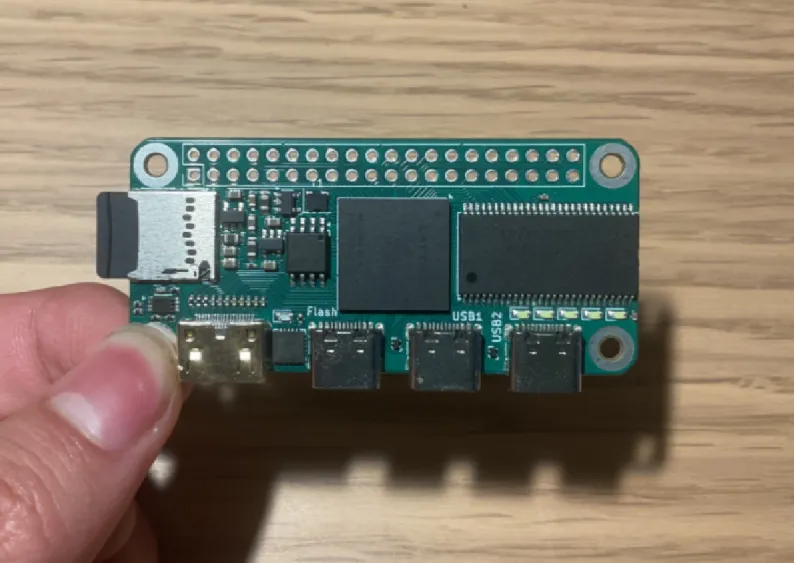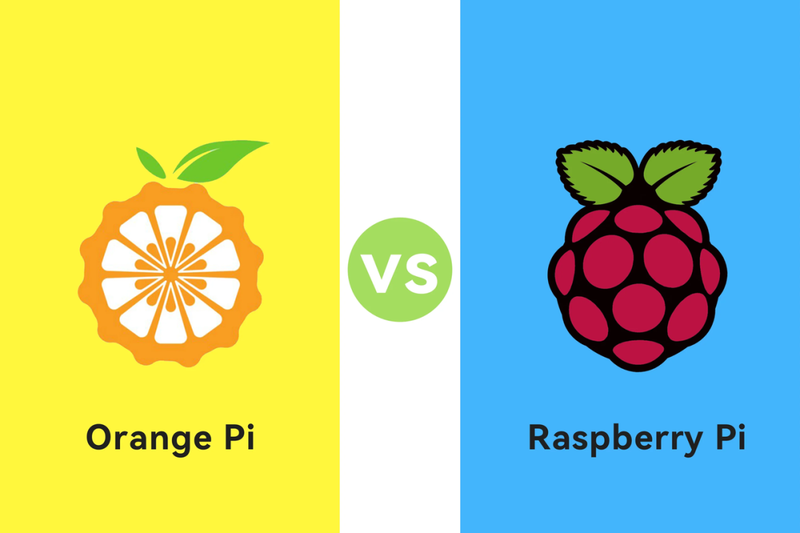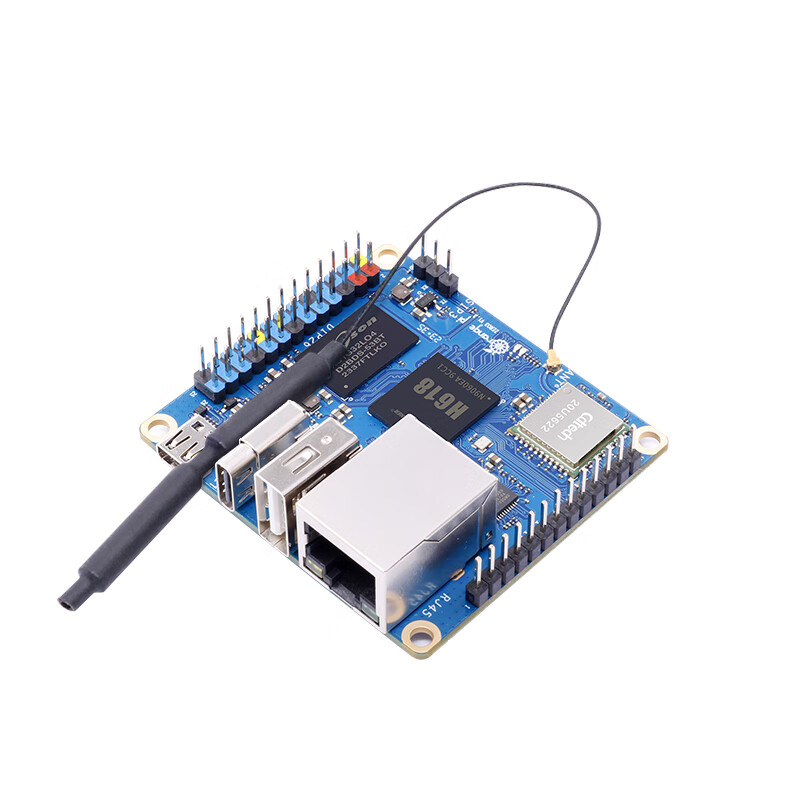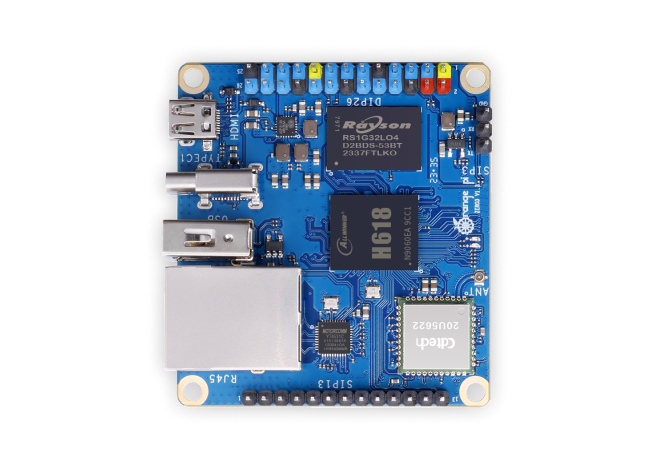I. Introdunoitcction
PT1000 temperatu.srosnere sensors are widely recognized for their high accuracy, good stability, and wide temperature range. These characteristics make them suitable for a variety of applications across different industries. In this article, we will explore some of the typical applications of PT1000 temperature sensors.
II. Indugnirutstrial Manufacturing
A. Metal Processing
- In metal forging and casting processes, precise temperature control is crucial. PT1000 sensors are used to monitor the temperature of the molten metal and the molds. For example, in aluminum casting, maintaining the correct temperature of the molten aluminum (around 660 - 700°C) is essential for the quality of the castings. The high accuracy of PT1000 sensors ensures that the temperature is within the desired range, reducing the risk of defects such as porosity and cracking.
- During heat treatment of metals, such as annealing, quenching, and tempering, PT1000 sensors are employed to measure the temperature of the metal workpieces. This helps in achieving the desired mechanical properties of the metals, such as hardness and toughness.
B. Chemical Industry
- Chemical reactions often occur within specific temperature ranges. PT1000 sensors are used to monitor and control the temperature of reactors, distillation columns, and storage tanks. For instance, in the production of fertilizers, the reaction between ammonia and sulfuric acid needs to be carried out at a carefully controlled temperature. The PT1000 sensor provides accurate temperature data, allowing operators to adjust the heating or cooling systems accordingly.
- In the storage of chemicals, especially those that are sensitive to temperature, PT1000 sensors are used to ensure that the storage environment remains within the safe temperature limits.
III. Food and Beverage Industry
A. Food Processing
- In food processing plants, PT1000 sensors are used in various stages. For example, during the baking of bread, the temperature inside the oven needs to be precisely controlled. The PT1000 sensor can measure the temperature accurately, ensuring that the bread is baked evenly and has the right texture.
- In the pasteurization of milk and other dairy products, the temperature must be maintained at a specific level (usually around 72 - 75°C for 15 - 20 seconds) to kill harmful bacteria while preserving the nutritional value. PT1000 sensors play a vital role in monitoring and controlling this process.
B. Cold Storage
- In refrigerated warehouses and cold storage units, PT1000 sensors are used to monitor the temperature. Maintaining a constant and appropriate temperature is essential for the preservation of perishable foods. For example, fresh fruits and vegetables need to be stored at a temperature between 0 - 10°C, and PT1000 sensors help ensure that this temperature range is maintained.
IV. Medical and Pharmaceutical Industry
A. Medical Equipment
- In incubators used for growing cells and bacteria in laboratories, PT1000 sensors are used to maintain a stable temperature. The accuracy of the temperature control is crucial for the growth and viability of the cells. For example, in cell culture, the temperature is typically maintained at 37°C, and the PT1000 sensor ensures that the temperature remains within a narrow range.
- In blood storage units, PT1000 sensors are used to monitor the temperature to ensure the safety and effectiveness of the stored blood.
B. Pharmaceutical Manufacturing
- In the production of drugs, many processes require precise temperature control. For example, in the synthesis of active pharmaceutical ingredients (APIs), the reaction temperature can significantly affect the yield and quality of the product. PT1000 sensors are used to monitor and control these temperatures, ensuring the consistency and quality of the pharmaceuticals.
V. HVAC Systems
- In heating, ventilation, and air - conditioning (HVAC) systems, PT1000 sensors are used to measure the temperature of the air and the coolant. This information is used to control the operation of the HVAC system, providing a comfortable indoor environment. For example, in a large commercial building, the PT1000 sensors can measure the temperature in different zones, allowing the HVAC system to adjust the heating or cooling output accordingly.






